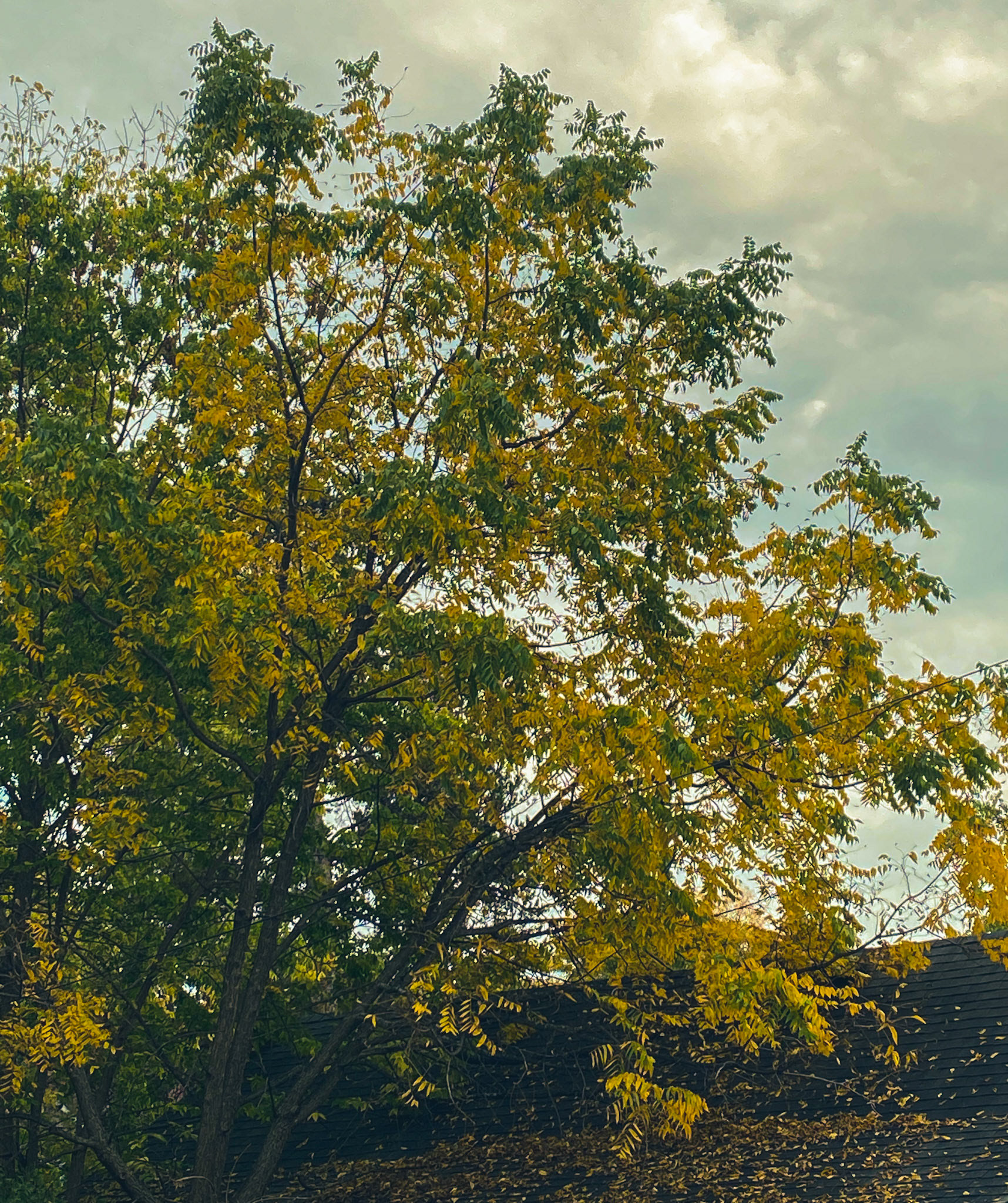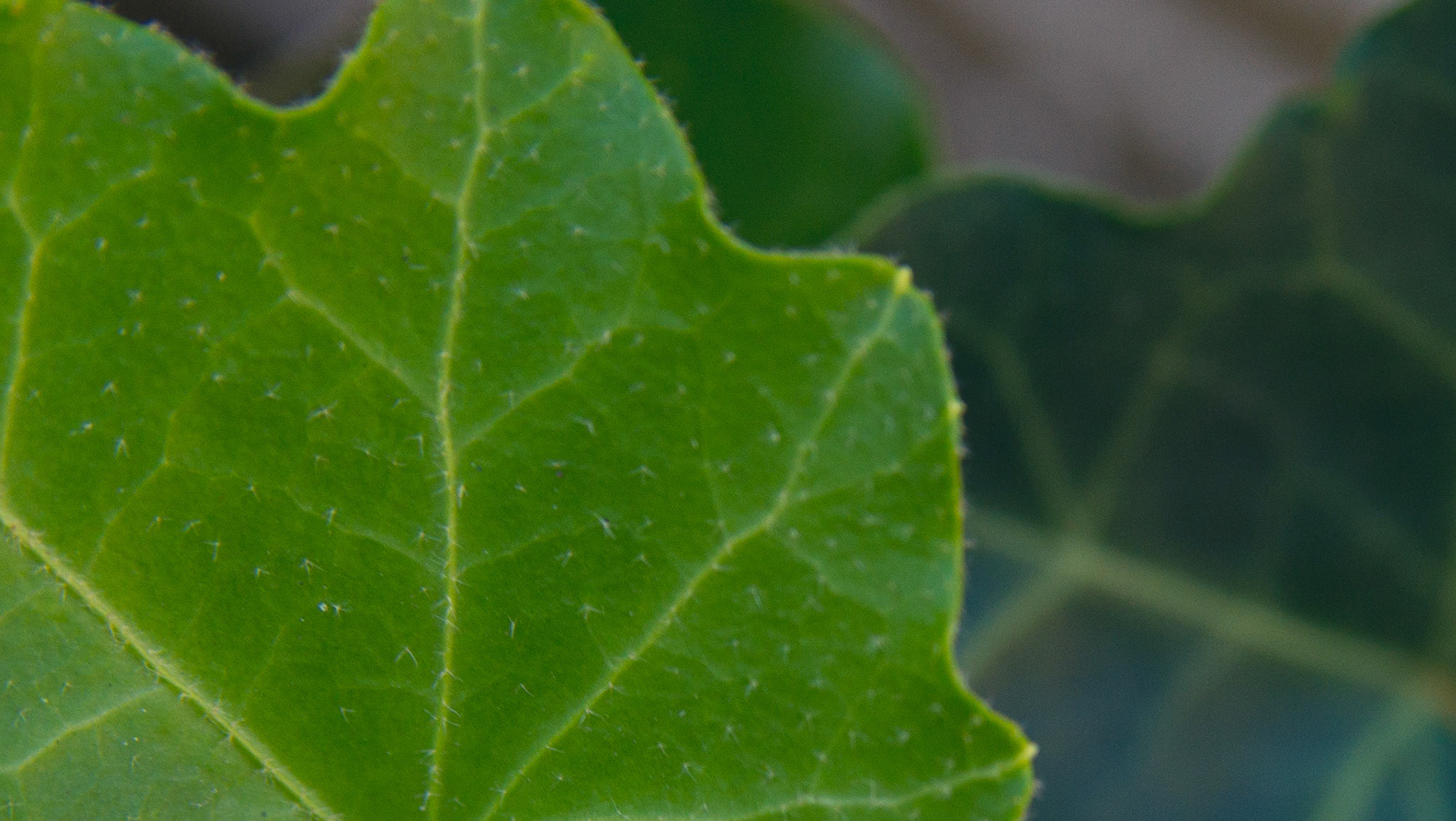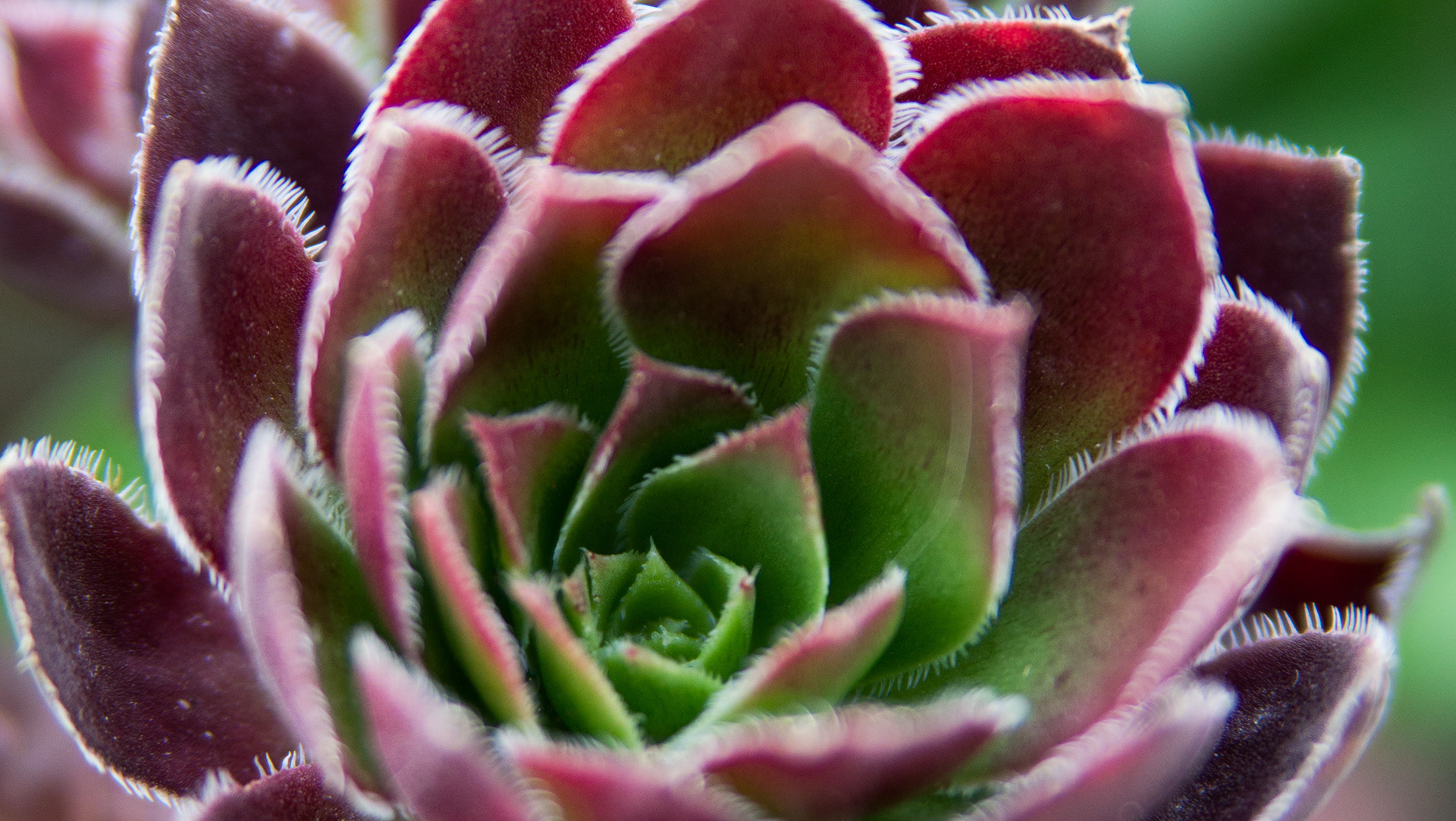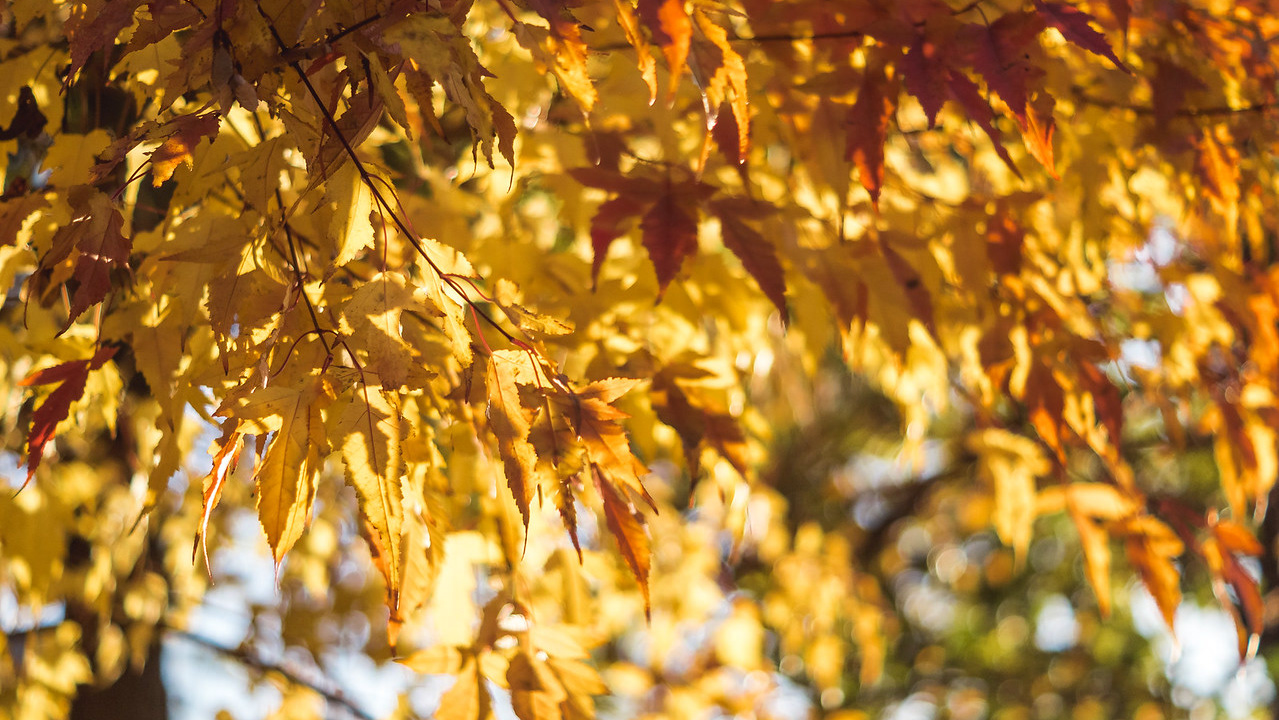It's September 30th, a Thursday, and I decide to take a walk in the neighborhood and find a place to be, contemplate, and imagine. It is oddly hot for the last day of September, over 30ºC (that's over 85ºF).
The cicadas have stopped screaming, now crickets are singing. Leaves are turning, but Nature isn't quite so sure what to do this week. It should be time for leaves to change color and fall, for shrubs to go dormant, for the soil to take a rest. But we got a good amount of rain and now it's warm. Nature wants to keep giving despite being subjected to drought for weeks on end this summer.



Today we are observing functions of nature (how to move water, how to produce energy, how to attach temporarily etc.) and draw inspiration from those to create a list of 30 organisms that I should explore in order to solve my design challenges.
Design Challenge: Eliminate Heat Loss
One of the ways to eliminate or reduce heat loss is to produce one's heat. Western honey bees have heater bees in charge of warming up the nest by transferring heat to the walls of the nest via contact to their thorax. It is believe that the heat is produced by muscles contractions.
In plants, the sacred lotus produces heat to attract pollinators by moving electrons in a way that is producing a flow that generates energy. The philodendron is another plant that produces its own heat, this time by means of metabolizing stores lipids. The cushion plant has developed tightly packed stems that create its own ecosystem of warmth, humidity, and nutrients. Groundsels use their dead leaves to insulate their trunk from frost, but do not produce their own heat.
Retaining heat is an important component of limiting heat loss as well, and most ants do so by building their nest at an optimal angle for maximum solar exposure. Numbats' coat is sparse, but it is to allow more sun rays to reach their skin and warm it up. The Canada goose retains heat thanks to the structure of the material of its down feathers: feather keratine.
Last but not least, feedback loops that indicate heat loss or a change in temperature should be considered for a responsive design: the eastern pipistrelle bat's middle ear senses changes in barometric pressure. The blacktip reef shark produces a gel on its skin that detects thermoelectric signals from its preys. At a smaller scale, Bacillus Subtilis reads the temperature of its environment by sending a protein to its membrane and detecting the shape it takes as its membrane thickens.
Design Challenge: Keep Temperature Down
Colonies of insects are known for their organization and ingenuity. Ants truly mastered the skill of staying cool, through architecture and anatomy. South American grass-cutting ants maintain the humidity and temperature of the nest by systematically arrange the building materials in a thatched fashion. The hairs on the Saharan silver ant effectively reflect sunlight and dissipate heat. Western honey bees collect water to cool the brood by evaporation on hot days. The African camel seems to thermoregulate more effectively when it is best hydrated.
The Thomson's gazelle uses counter-current heat exchange (blood is cooled down by circulating in veins close to the gazelle's nasal passage), thanks to a structure known as the carotid rete, located at the base of their brain, to keep the brain cooler than the body. The black-tailed jackrabbit has subsequent skin surface on its ears, that allows evaporative thermoregulation via vasodilation. Some birds like the nightjar also use evaporative thermoregulation by vibrating their gular region.
In the plant realm: the size of the leaf can play a role in keeping the plant cool; scientists have observed that the smaller leaves of the sacred datura stayed cooler than the bigger ones. The shape of the leaf also plays a role, like those of the fan palm Licuala ramsayi, that are segmented and tilted in a way that air circulates rapidly between their segments to cool down the plant. Tannins in bark help minimize solar light absorption and maximize heat radiation to keep the tree's inside cool.

Design Challenge: Building a Network
What better networks to be inspired by than the ones of social insects? The red harvester ant has different speeds of communication depending on the urgency of the message. The rock ant uses tandem running to teach its young how to find and forage food. The pharaoh ant guides fellow foragers away from tapped out or unrewarding sources of food by depositing repelling pheromones. In the apiary world, the hairy-footed solitary flower bee deposits a repellent pheromone in the flowers it has already visited to let the flower replenish its stock of nectar for a future visit without other bees interrupting the process.
A network can be defined as the connexion between peers. Whether it is to teach a complex set of tools like the chimpanzees use to educate their young, or learning innovative behaviors from fellow unrelated bottle-nose dolphins. The zebra finch, an Australian bird, uses its own brain to both teach and learn, with two different distinct areas to help teach and learn the singing skill.
Many species of birds will also turn towards their network to learn: peeking at nearby nests gives indications as to when and where to build their own.
Brainless organisms are also capable of association, networking, and communication: bacteria uses a blend of feedback from peers and environment to associate with others and swarm in a smart way. The Physarum polycephalum slime mold gains information from connecting with nearby slime molds, that can share information about the environment they encountered up to 1 hour prior.
Reflections
As always, Nature inspired me in more than one way. I have noticed that it sometimes solves the same problem, or perform the same function, simply in a different way. Nature inspires us to expand our research and think outside the box when designing.












